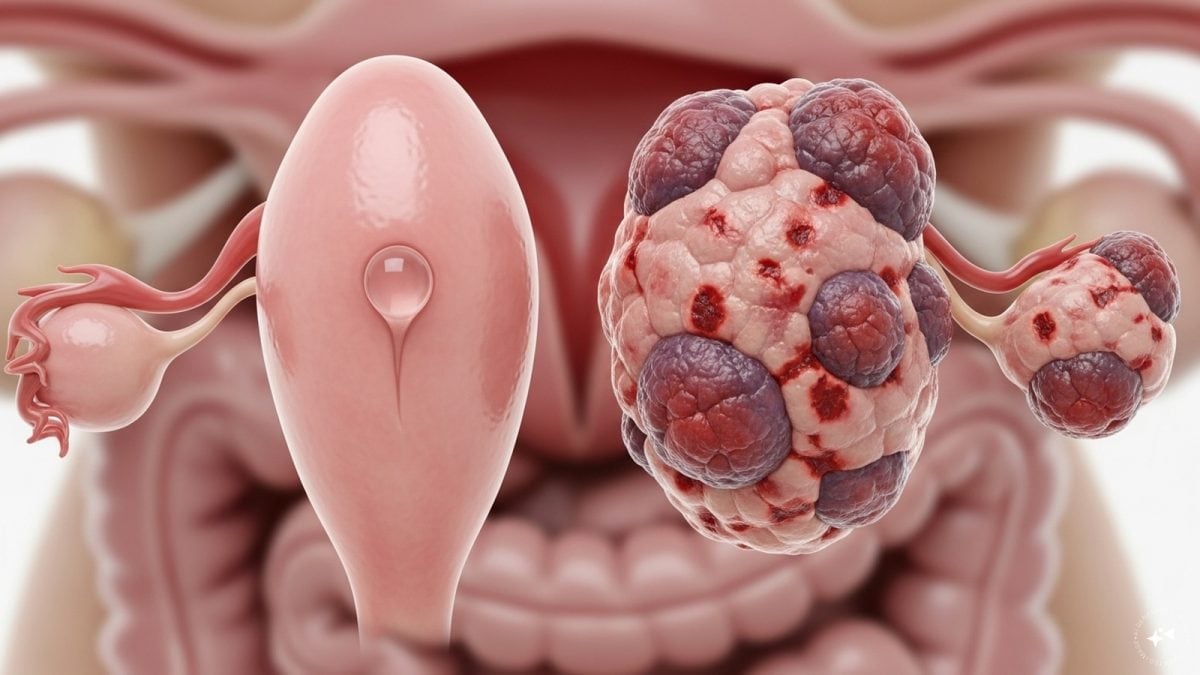Every year there are 11 million to 21 million cases of typhoid fever and 128,000-161,000 deaths worldwide because of typhoid infection, according to recent estimates by the World Health Organization (WHO). India has a high burden of typhoid. According to a November 2010 study by WHO, typhoid affects 493.5 people per 100,000 population - a much higher number than in Vietnam (24.2 per 100,000 population), China (24), or Indonesia (180.3). [caption id=“attachment_7268781” align=“alignleft” width=“380”]  Representative image. Image by Pexels from Pixabay.[/caption] Typhoid is a bacterial infection caused by Salmonella enterica. It spreads through contaminated food and water. The disease is quite common in South-East Asian and South Asian countries, and the typhoid bug gets more opportunities to spread during the rains here. Here’s a quick look at typhoid, when it is deadly and what you can do to avoid infection. What is typhoid fever? Symptoms of typhoid fever include high fever, headache, nausea, loss of appetite, constipation and diarrhoea. In more advanced cases of infection, patients can also get nose bleeds, rashes, or “rosy spots”, hallucinations, confusion and difficulty in focusing. “In rare cases, severe typhoid infection can lead to complications and even death,” said Dr Ayush Pandey, a medical practitioner associated with myUpchar.com. “Though children aged 2-5 are generally more prone to infection, severe typhoid is more likely to develop in grown-ups,” he added. Diagnosis and treatment Normally a typhoid infection lasts up to 14 days. Usually, a stool test is adequate to confirm or rule out typhoid. However, if this doesn’t work, doctors may prescribe an ELISA-Ty test to check for the presence of typhoid antibodies in the blood. The body recognizes harmful bacteria as foreign invaders or antigens and produces antibodies to neutralize the threat. Often, testing for these antibodies helps medical practitioners in their diagnosis. Treatment usually involves a course of antibiotics, however, it is crucial to get a prescription from the doctor to reduce the chances of a relapse. Earlier this year, Pakistan saw the spread of a drug-resistant form of typhoid - one of the main causes for drug-resistance is the recurrence of the disease in patients who have already taken medication for typhoid but they didn’t complete their course of antibiotics. Severe infection may require intravenous injection and hospitalisation. Prevention and cure Generally, children are at greater risk for most infections because their immune system is relatively weak. Typhoid is no exception. “If your young one is running a fever, monitor their temperature regularly and take them to a doctor if it goes over 102 degrees Fahrenheit,” said Dr Pandey. Typhoid is a highly contagious disease. Although the number of typhoid cases in India has decreased in recent years, it’s best to try and avoid infection by drinking bottled or boiled water, washing your hands thoroughly, avoiding raw fruits and vegetables, as well as street foods in this season. Vaccines for typhoid fever are also available now. These include typhoid conjugate vaccine (TCV), Vi-PS vaccine (injectable) and Ty21a (live, oral) vaccine. The U.S. Center for Disease Control and Prevention (CDC) recommends a booster shot every two years for the injection and every five years for the oral vaccine. The estimated effectiveness of the typhoid vaccine is 80%. Health articles in Firstpost are written by myUpchar.com, India’s first and biggest resource for verified medical information. At myUpchar, researchers and journalists work with doctors to bring you information on all things health. To know more on this topic, please visit https://www.myupchar.com/en/disease/typhoid-fever
Every year there are 11 million to 21 million cases of typhoid fever and 128,000-161,000 deaths worldwide because of typhoid infection, according to recent estimates by the WHO.
Advertisement
End of Article


)

)
)
)
)
)
)
)
)



